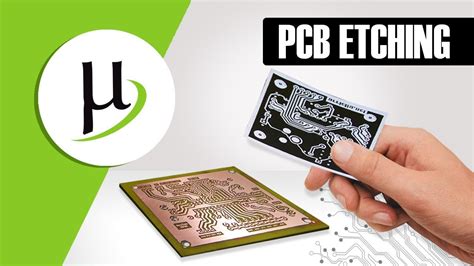
RF & Microwave Blog
-
PCB Ferric Chloride Tips
Posted by
–
 Read more: PCB Ferric Chloride Tips
Read more: PCB Ferric Chloride TipsUnderstanding Ferric Chloride Ferric chloride, with the chemical formula FeCl3, is a corrosive and hygroscopic compound commonly used for etching copper from printed circuit boards. It is available in anhydrous (dry) or hydrated forms, with the hydrated form being more commonly used for PCB etching. Properties of Ferric Chloride Property […]
-
The Disposal of Chemicals From PCB Etching
Posted by
–
 Read more: The Disposal of Chemicals From PCB Etching
Read more: The Disposal of Chemicals From PCB EtchingIntroduction to PCB Etching Printed Circuit Board (PCB) etching is a crucial process in the manufacturing of electronic devices. It involves the removal of unwanted copper from a PCB substrate to create the desired circuit pattern. The etching process typically uses various chemicals, such as ferric chloride, ammonium persulfate, or […]
-
Designing PCBs for the Internet of Things
Posted by
–
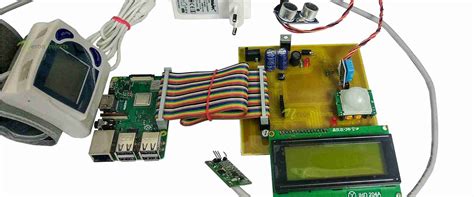 Read more: Designing PCBs for the Internet of Things
Read more: Designing PCBs for the Internet of ThingsUnderstanding the Unique Requirements of IoT PCBs IoT devices come in various shapes and sizes, from tiny wearable sensors to large industrial control systems. Each application has its unique set of requirements that dictate the design of the PCB. Some common characteristics of IoT PCBs include: Small form factor Low […]
-
How to panelize PCBs with CAM
Posted by
–
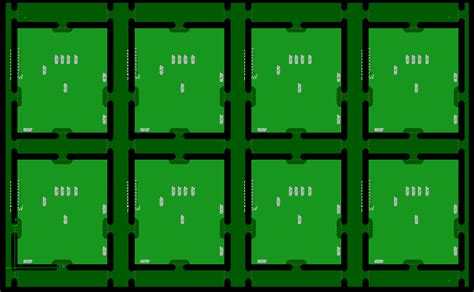 Read more: How to panelize PCBs with CAM
Read more: How to panelize PCBs with CAMIntroduction to PCB Panelization PCB panelization is the process of combining multiple printed circuit board designs onto a single panel for manufacturing. This technique is widely used in the electronics industry to reduce production costs, improve efficiency, and streamline the assembly process. By panelizing PCBs, manufacturers can produce a larger […]
-
PCB manufacturer in Austria
Posted by
–
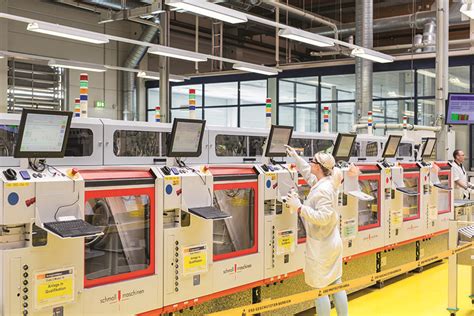 Read more: PCB manufacturer in Austria
Read more: PCB manufacturer in AustriaIntroduction to PCB Manufacturing in Austria Austria, a country known for its stunning landscapes, rich cultural heritage, and technological advancements, has emerged as a significant player in the global PCB manufacturing industry. With a strong focus on quality, innovation, and customer satisfaction, Austrian PCB manufacturers have established themselves as reliable […]
-
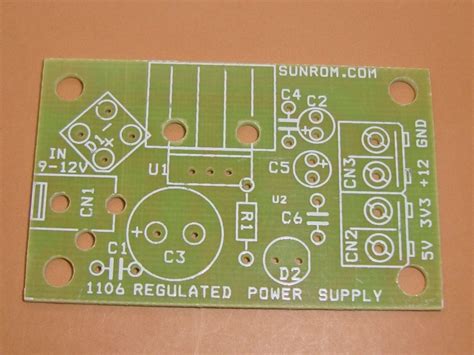 Read more: Generating set upthe automatic voltage regulator PCB circuit
Read more: Generating set upthe automatic voltage regulator PCB circuitIntroduction to Voltage Regulator PCB A voltage regulator is an essential component in electronic circuits that ensures a stable and consistent voltage supply to various components. In generating sets, automatic voltage regulators (AVRs) play a crucial role in maintaining the output voltage within the desired range, even under varying load […]
-
Detailed PCB safe distance
Posted by
–
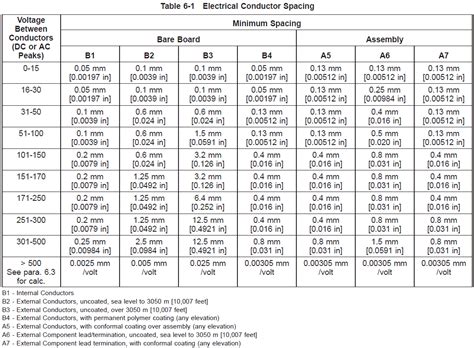 Read more: Detailed PCB safe distance
Read more: Detailed PCB safe distanceWhat is PCB and Why Maintain a Safe Distance? Printed Circuit Boards (PCBs) are essential components in nearly all modern electronic devices. They provide a platform for mounting and interconnecting electronic components using conductive pathways, tracks, or signal traces etched from copper sheets laminated onto a non-conductive substrate. While PCBs […]
-
All About PCB Panelization
Posted by
–
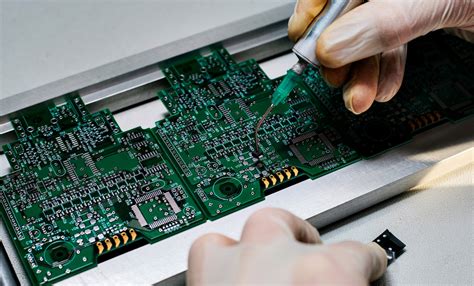 Read more: All About PCB Panelization
Read more: All About PCB PanelizationWhat is PCB Panelization? PCB panelization is the process of arranging multiple individual PCB designs onto a single panel for fabrication. The primary goal of panelization is to maximize the number of PCBs that can be produced on a single panel while minimizing material waste and ensuring that the boards […]
-
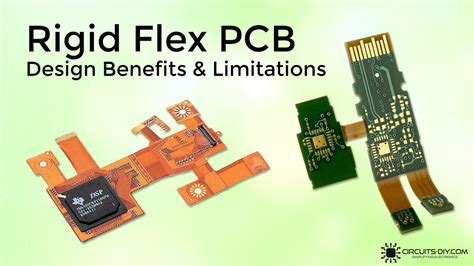 Read more: Highlighted Capability about Flex Rigid Flex PCB in RAYPCB
Read more: Highlighted Capability about Flex Rigid Flex PCB in RAYPCBIntroduction to Flex-Rigid PCB Flex-Rigid PCBs are a unique combination of flexible and rigid printed circuit boards that offer a versatile solution for modern electronic devices. These PCBs consist of both flexible and rigid sections, allowing for three-dimensional designs and improved reliability in applications that require flexibility and durability. RAYPCB, […]
-
ESP8266 IFTTT BUTTON
Posted by
–
 Read more: ESP8266 IFTTT BUTTON
Read more: ESP8266 IFTTT BUTTONIntroduction to the ESP8266 IFTTT Button The ESP8266 is a low-cost, highly versatile Wi-Fi enabled microcontroller that has gained immense popularity among hobbyists, makers, and IoT enthusiasts. One of the most exciting applications of the ESP8266 is its ability to integrate with IFTTT (If This Then That), a web-based service […]
Recent Posts
- How to Select Material for Your PCBs from Cost and Reliability Considerations
- Problems of EMC Technology Application in PCB Design of Electronic Devices and the Strategies
- Fabrication Technology on Flex-Rigid PCB Window
- Problems of High-Frequency and High-Speed Multilayer PCB Fabrication and Their Solutions
- Key Difficulties and Tips for Backplane PCB Fabrication